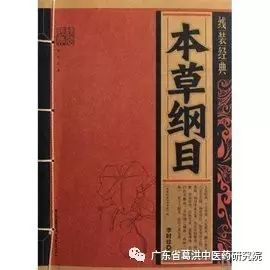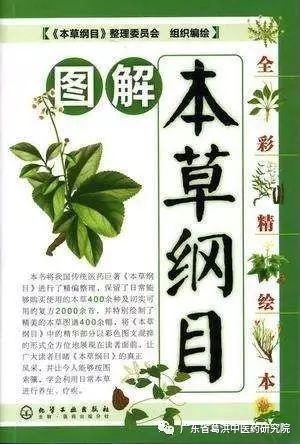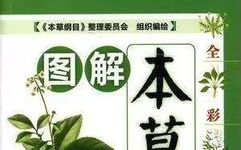
《本草纲目》 (Compendium of Materia Medica) is a monumental work compiled by the great Ming dynasty physician Li Shizhen (1518–1593) to correct errors in ancient medical texts. He dedicated his life to this endeavor, conducting extensive research and practical experience, culminating in a comprehensive summary of materia medica over a period of 29 years, representing over 30 years of his life’s work.

The book consists of 52 volumes, documenting 1,892 medicinal substances, including 374 new drugs, and compiling 11,096 prescriptions. It features 1,160 exquisite illustrations and contains approximately 1.9 million words, divided into 16 sections and 60 categories. This classification system transitioned to a natural evolutionary framework, predating the scientific classification by Swedish botanist Linnaeus by 200 years. Each medicinal substance is categorized with sections on nomenclature (determining names), collection (describing origins), corrections (rectifying past literature errors), processing methods, properties, indications, and additional prescriptions (collecting folk remedies). The book includes 881 plant medicines, 61 appendices, totaling 942 substances, along with 153 unnamed plants, accounting for 58% of all documented medicines. Li Shizhen classified plants into five categories: herbs, grains, vegetables, fruits, and roots, further subdividing herbs into nine types: mountain herbs, fragrant herbs, wet herbs, poisonous herbs, climbing herbs, aquatic herbs, stone herbs, moss herbs, and miscellaneous herbs. This work is a precious heritage of Chinese medicine, representing a systematic summary of TCM before the 16th century, with notable achievements in philology, linguistics, history, geography, botany, zoology, mineralogy, and metallurgy. The book was disseminated by the end of the 17th century, translated into multiple languages, and has made globally recognized contributions to natural sciences. Its materials were even referenced by Darwin. It is a culmination of thousands of years of Chinese pharmacology. This pharmacopoeia, whether viewed from its rigorous scientific classification or the vast number of substances it encompasses, far surpasses any ancient materia medica. It is hailed as the “Great Compendium of Eastern Medicine,” having the most significant impact on modern science and medicine. It remains a treasured legacy in the repository of Chinese medicine.

《本草纲目 (Compendium of Materia Medica) covers a wide range of scientific fields including medicine, pharmacology, biology, mineralogy, chemistry, environmental biology, genetics, and variation. It recorded early chemical reactions involving pure metals, metal chlorides, and sulfides in the history of chemistry. It also documented modern chemical operations such as distillation, crystallization, sublimation, precipitation, and drying. Li Shizhen noted that the moon, like the Earth, is a celestial body with mountains and rivers, stating, “I dare say the moon is a yin spirit, and those who dance upon it are merely shadows of mountains and rivers.” The 《本草纲目 is not only a monumental work of pharmacology in China but also a true encyclopedia of ancient Chinese knowledge. As pointed out by Li Jianyuan in his commentary on the 《本草纲目: “From ancient texts to legends, everything related is collected, and although it is called a medical book, it actually encompasses the principles of nature.”

